As everyone who watched BBC Horizon’s documentary ‘Why Did I Go Mad?’ can attest, I’ve struggled with some pretty intense things: hearing voices, seeing visions, paranoia and the legacy of childhood trauma. Despite spending much of my early twenties in hospital, doped up to the eyeballs with strong medication, pity really is the last thing I need. OK, so I still hear voices that tell me to do some pretty horrible things. Yes, I still have times when I need to withdraw from the world and hide underneath a blanket. I know that I still have lots of work to do until I take my place as some kind of chilled out guru able to sit, cross-legged on a mountain, dispensing vague and irritating wisdom to young travellers navigating their own journey through psychosis.
Despite all of the challenges inherent in living this life, you might be surprised to hear that I’m neither a tragic victim of illness nor a heroic ambassador of hope. I’m just someone who’s trying to find a way to life a meaningful life. I want to use the things life has thrown at me, things I never asked for, and put them to some use. Every time someone pities me, or tweets about me as if I’m a helpless victim, they miss the point. I, like many survivors, am made of strong stuff.
I’m not trying to romanticise or glamorise madness. It was hell. Yet psychosis and the years I spent in the mental health system gave me some very difficult and unwanted gifts. Whilst they were lined with more trauma and pain than anyone should have to bear, I have begun to fashion them into something I can feel proud of. At the risk of sounding glib, I have some seriously ‘mad’ skills.
Not convinced? Let me take you on a tour.
1. I don’t bore easily.
Having spent years literally staring at the clock in a psychiatric unit, I’m no stranger to boredom. Nowadays, though, it just doesn’t bother me in the way it once did. My hospital years were punctuated by terrifying visions, violent voices and such paranoia that I thought the hospital staff were part of a conspiracy to experiment on me. Pretty exciting, yes — but it was also torture. I tried to kill myself many times, not believing there was any other way out. Worse than this, whilst the medication successfully quashed many of my experiences — it also silenced me. I spent years in a zombie-like state, devoid of the full range of everyday emotions. Knowing this part of my story, perhaps it’s easier to understand why I relish every single breath that I take. Without the psychological blanket of medication dulling my senses, I experience my world in HD. Joy, pain, sadness, regret, hope, curiosity, love, fear — these feelings are a breath of fresh air. Since losing good friends and allies to suicide, I made a commitment to live my life fully. I’ve learnt that you can never know when your last conversation with someone will be. I try not to leave things unsaid, or experiences unexplored. Boredom just isn’t an option right now. I’m too busy living.
2. I have an unnerving ability to focus
Joel, my husband, has been freaked out by my uncanny ability to tune out the rest of the world when I’m concentrating on work. He’s used to literally having to close my laptop or put his hand in front of my face in order to point out the mug of coffee he has lovingly placed on my desk to help fuel my study session. As annoying as it can be for him, this ability to get absorbed in tasks has some upsides. I can share offices with noisy people, work in busy coffee shops and tune out crying babies on the train. I can switch off my body too. This means I can work long hours, skips meals and not use the bathroom when I’m working to a tight deadline. I don’t lose concentration easily, and my body is able to put itself to the side for a while in order to let me finish. I’m not an android. I can’t carry this on indefinitely (and if I tried, there’d definitely be some unfortunate consequences). Yet, coupled with the determination of someone who once believed that they had no future and would never work again, my work ethic is a great strength. I just need to remember to have some down time too.
3. I’m a good person to know if the world does turn out to be a simulation.
Remember the bit in the Matrix where Neo realises that his world was just a simulation and that he was actually rigged up to the machine? He was pretty freaked out, right? The weird thing is that, having lived one life that I’ve already been told isn’t real, I’m uniquely qualified to deal with Matrix-like scenarios. I love this world. I love people in this world. But, if I wake up tomorrow and find out it isn’t real I wouldn’t be completely surprised. The question mark that resides in my head when it comes to the status of reality has evolved into an ability to be think flexibly about things, adjusting to changing situations without grieving the way things were. Aside from being a useful survival strategy, it helps me travel to different parts of the world to train and work with others. I’m a pragmatist. I work with what I’ve got, but don’t ever let myself believe that it’s the whole of the story. Even when I have strong opinions, I can simultaneously acknowledge multiple other points of view that might have equal validity. It’s the kind of skill that can be intensely irritating or confusing to some, but it’s just the way I roll. Oh, and I’d probably be a useful person to know in the eventual apocalypse (provided you had some practical skills to go alongside my mad ones).
4. I can multi-task like a super-charged swiss army knife
One impact of my traumatic life experiences is that I am multiple. My identity quite literally fragmented, and some of my voices are parts of my self that I experience as wholly separate. As difficult as this has been, it comes with some useful side effects. Some of my parts have particular skillsets that, when I’m able to connect with them, mean that I have confusing and contradictory traits and abilities. I’m an introverted, extroverted, creative, geeky, organised, scatty, confident, shy, uncertain, empowered, rebellious and polite person. I’m as at home poring over code as I am speaking in front of hundreds. Whilst this once left me unsure of my identity or place I the world, it’s now an asset. Delving deep into my history and working it through has helped me to develop the ability to ground and centre myself. I’m pretty sorted for a so-called mad person.
5. My fear-o-meter is set pretty high. My voices are scarier than the people in my life
The thing about hearing voices that say some frankly horrendous things is that I’ve had to become quite sure of who I am, what I think and how I want to live in this world. Not only does this mean that I’m less prone to peer pressure, I’m also pretty good at handling conflict and difficult situations. I’ve learnt, through the Hearing Voices Movement, to relate to my voices with a firm kind of compassion. I listen to what the voices are saying (when I feel solid enough to do so) and try to remain curious about possible stories hidden beneath the words themselves. There is always a context, even when people do terrible things. From working in prisons, to dealing with organisational politics or the occasional social media troll — I want to extend my curiosity to those stories I find most difficult to hear. Of course, I don’t always manage it. I’m not perfect. But it’s a guiding principle I try to shape my life by. This isn’t about being meek or placating those who perpetrate violence. It’s a strong position of being both interested in someone’s journey and recognising that some actions really aren’t OK.
6. I can be a social butterfly (as well as a wallflower).
Frequenting acute mental health units, a string of day centres, and peer support groups has equipped me with the ability to get on with a wide range of people. Attending the weekly ‘ward rounds’ had interesting side benefits too. This extremely uncomfortable ritual, where the doctor basically interviews you in front of a host of other clinicians, almost immunised me against unusual social situations. After years of this dance I realised that it was much more terrifying than real-world social engagements. I still carry a sense of my own awkwardness with me wherever I go, and I still worry about taking up valuable space in other people’s lives, yet I am skilled at putting that to the side and doing the social thing anyway. My acute sensitivity can be both a burden and an asset in these situations. I easily pick up on others’ emotions and often find myself hearing the stories of those in the room that are having a hard time. Whilst I can easily get on with people, socialising can still be very draining and I often crave some time alone. Spending a day on the sofa after being so social is one of the best ways I’ve found of balancing these two ways of being in the world. Connected and separate.
7. I use my experiences to connect with others in distress.
I’m in the rather unusual position of explicitly using my lived experience of distress, psychosis, trauma, hospitalisation and survival to work with others who are in crisis. From developing projects for young people who hear voices to working as an Open Dialogue practitioner in the NHS in Kent, I’ve developed self-disclosure into an art form. Having personal experience of so many different things — lows, highs, paranoia, shame, self harm, eating distress, obsessive thoughts, voices, unusual beliefs, visions, fear, trauma, dissociation, loss, diagnosis — means I can usually find a bridge between my own experience and the experience of the person I’m working with. The varied, and sometimes contradictory beliefs I hold about these experiences help me relate to multiple positions. Rather than cloud my view, they enable me to see the complexity of human experience that can easily get missed. Perhaps more importantly, people often say that this mix of personal and professional experience helps foster a sense of hope. Done well, this sharing can feel very connective. Done badly it can be impositional. Fortunately I’ve had so many experiences of being imposed upon in mental health services that I’m super-sensitive to this possibility in my own work. I’m not perfect, but again — my experience of madness and hospitalisation has sensitised me in ways that are extremely useful.
8. I want to change the world.
Having seen, first hand, the way in which people are treated when they have been classed as ‘mad’ — I am committed to fighting for change. I do this by working inside mental health systems, training practitioners, campaigning, writing articles, hosting conferences, talking about my experiences and promoting more human of relating to those of us in severe distress. If I hadn’t have gone mad, I’d have probably been a philosopher. I could have imagined myself wandering in and out of the class, barely talking to students or acknowledging their existence. I might have been self-absorbed — withdrawing from the world because I didn’t understand it. Now, whilst I’ve had to look inwards to find myself, I realise that I’m a small part of a movement that’s moving towards change. I have a place in the world and I’m doing my best to use it wisely.
The punchline.
As I mentioned before, my life is not without its difficulties. I still struggle sometimes, and I’ve still got lots of things to work through. I have flaws — I can be grumpy, I don’t do enough of the housework and have been known to secretly zone out when my husband talks about rocks. But I’m human — and part of being human is finding ways of dealing with the shit we go through. I’m incredibly lucky to have a family who love me, good friends, allies and a husband who stuck with me even when I was struggling to cope with the after effects of withdrawing from medication. I’ve had people who have believed in me, even before I was able to believe in myself. I am able to see the positives in my experiences precisely because of this privilege. I am no better than any other person on the planet. We’ve each had stuff we’ve struggled with, and we’ve each found a myriad of ways of adapting to this in order to survive. Some of us have had to make bigger adaptations than others, but the same rules apply. I hope that next time you hear a story that provokes in you a sense of pity, that you’ll remember this post and wonder what amazing shapes that person has had to form in order to keep breathing. We all have strength, but sometimes we need someone outside of ourselves to be willing to see it.

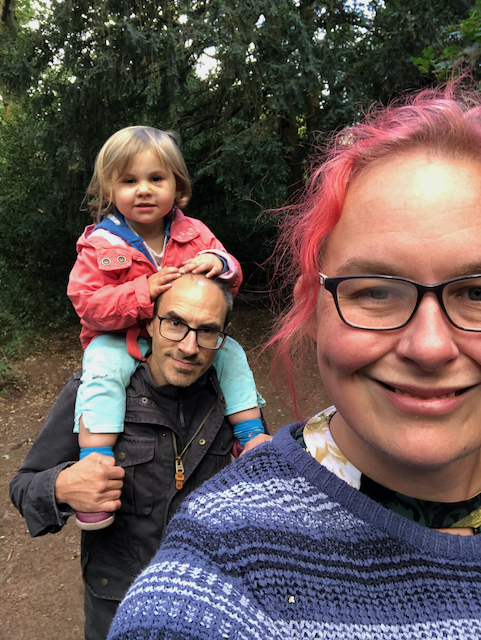
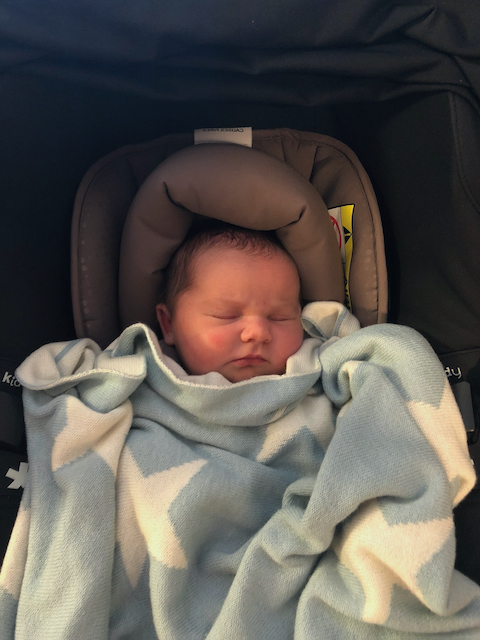

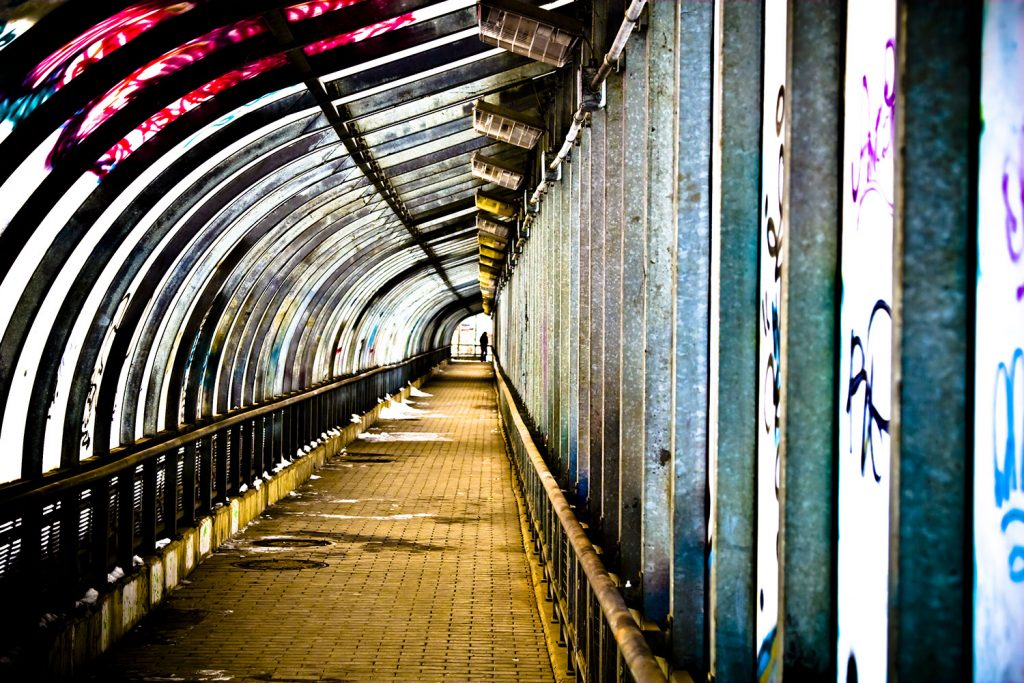


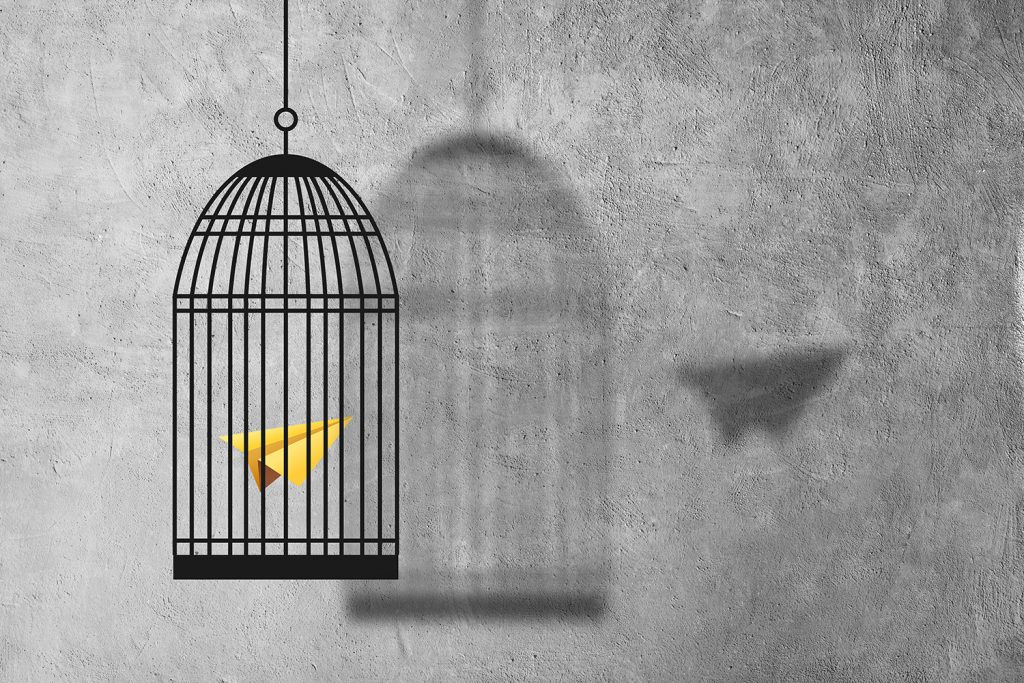




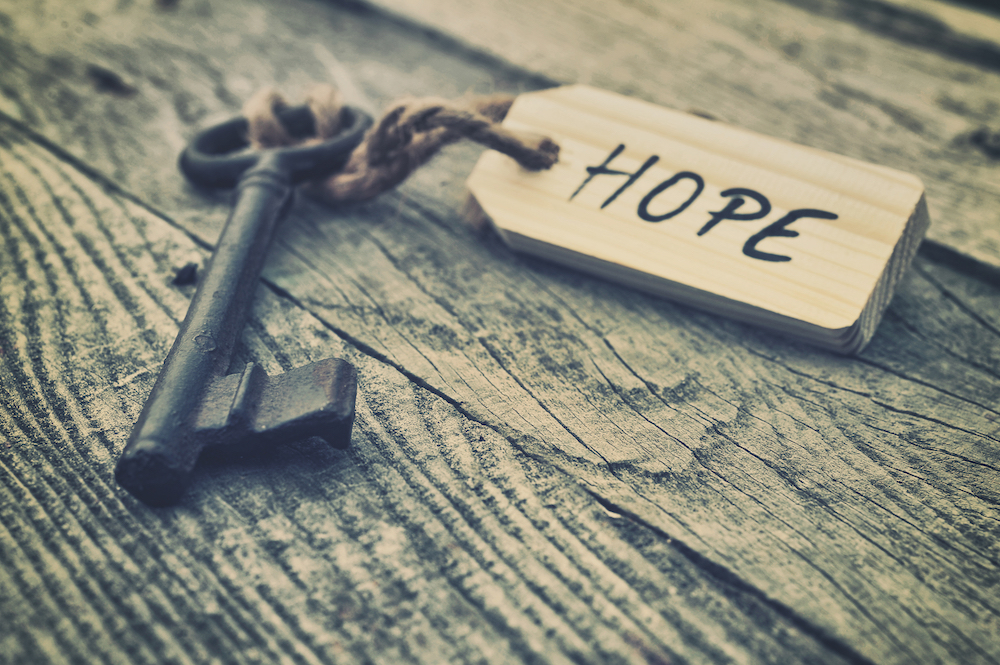
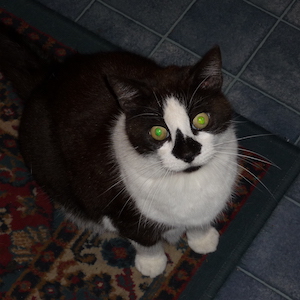
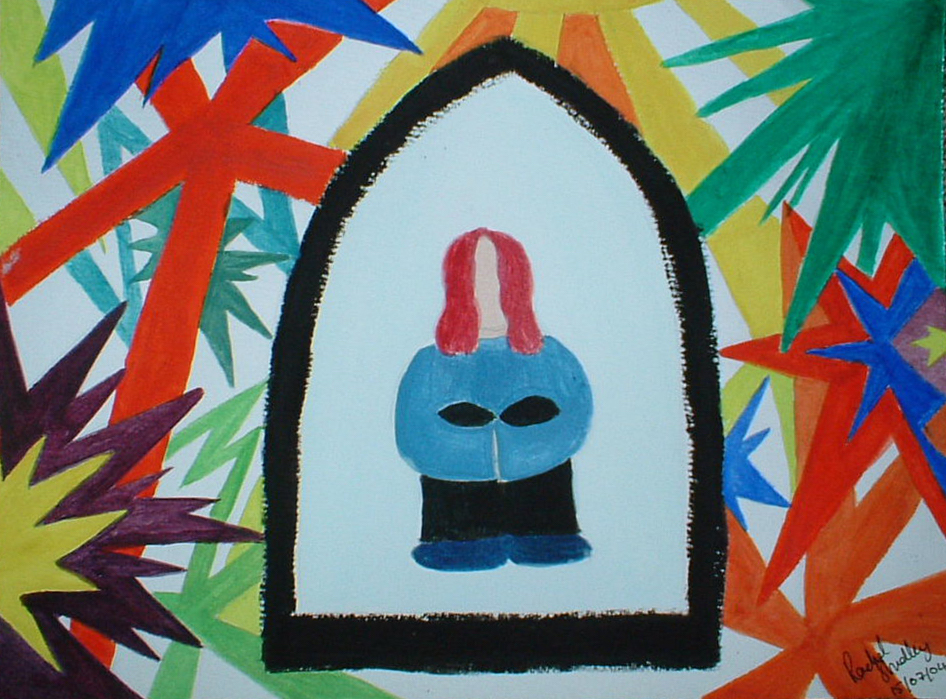
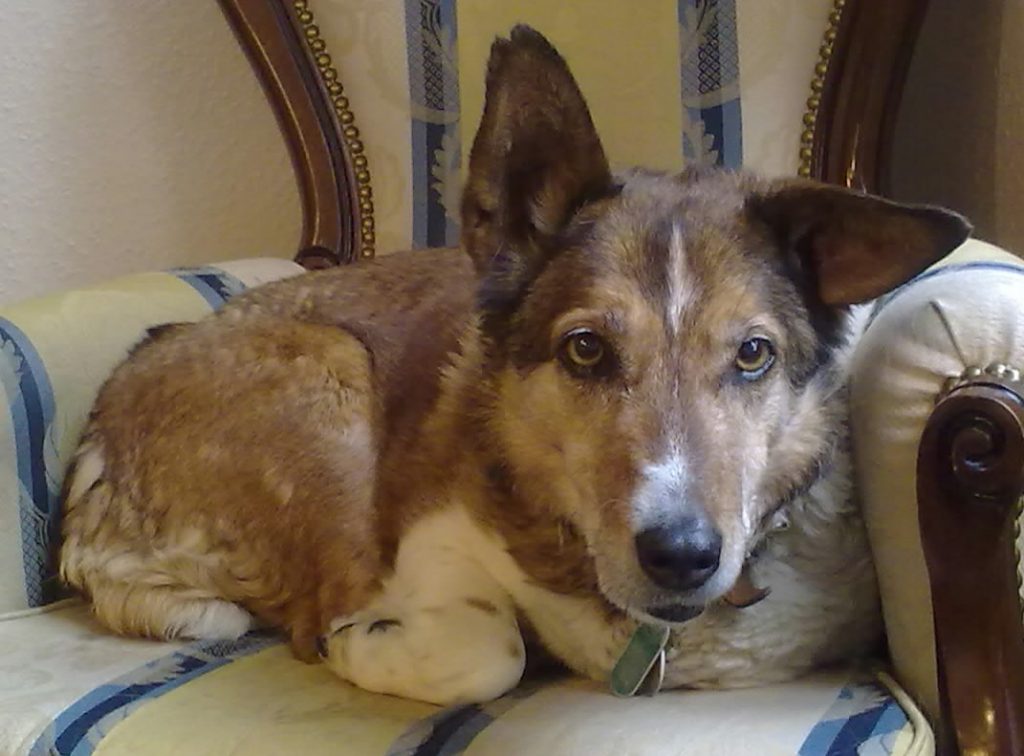



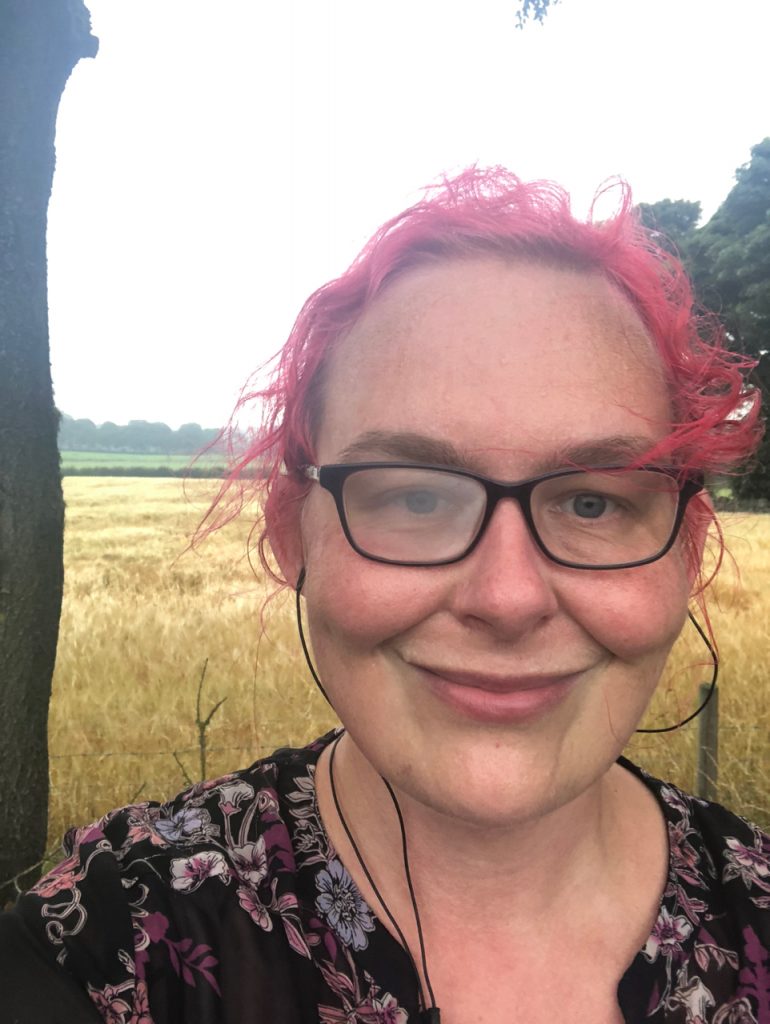

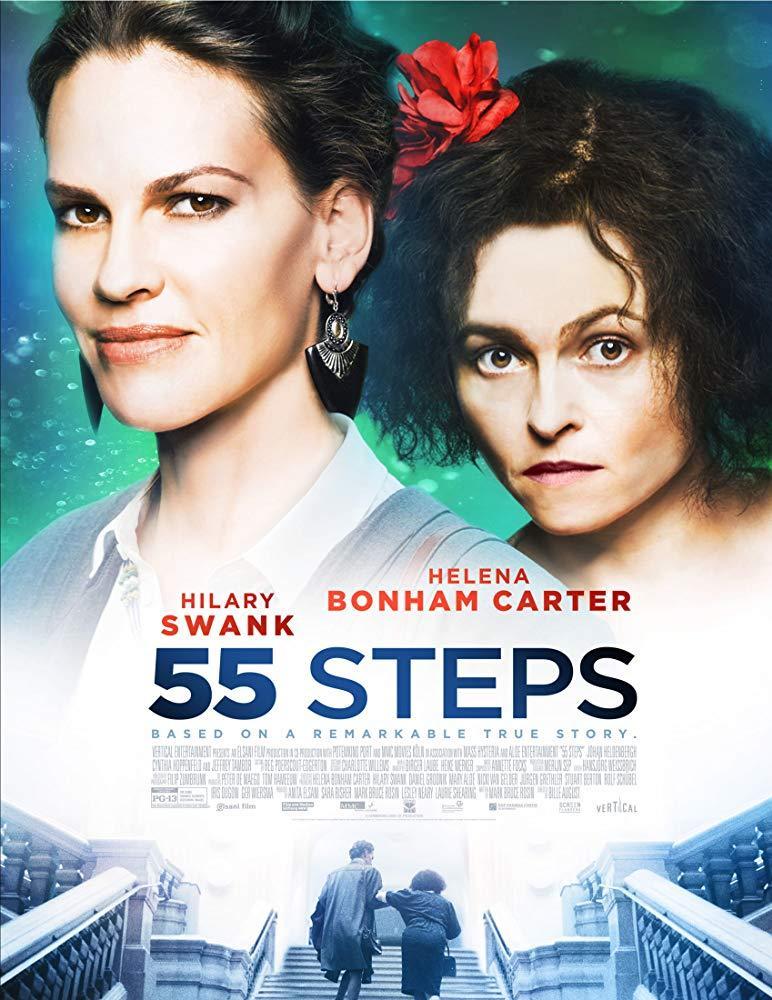


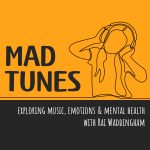
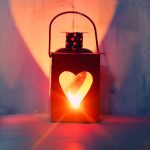

Recent Comments